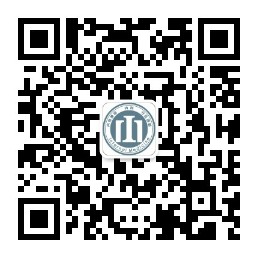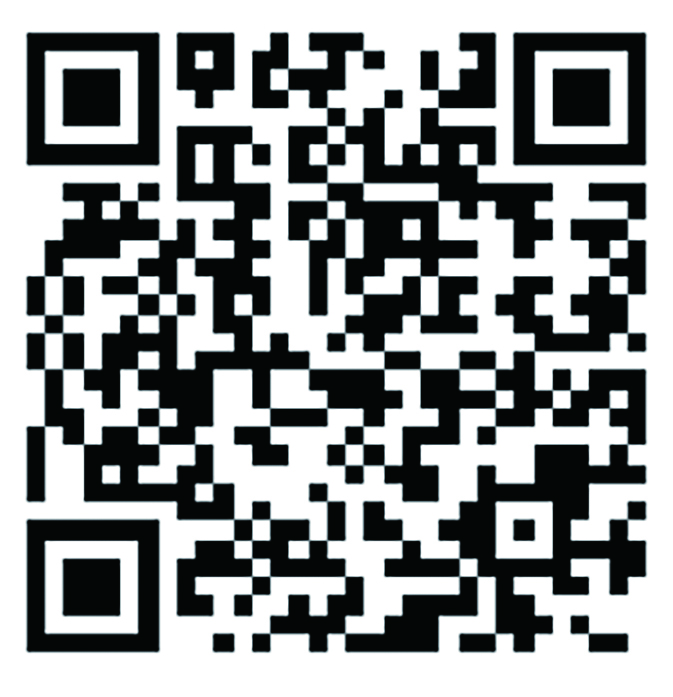目的 探讨互联网+信息-动机-行为技巧(IMB)模型在鼻咽癌放疗患者全程照护中的应用效果。方法 选取100例鼻咽癌放疗患者作为研究对象,并随机将其分为对照组和观察组,每组50例;剔除失访者后,最终对照组纳入49例患者,观察组纳入48例患者。对照组接受常规护理干预,观察组在对照组的基础上接受基于互联网+IMB模型的全程照护干预,两组干预时间均为从医生开具住院证明开始至出院后6个月结束。比较两组放疗前、放疗30次时、出院后3个月、出院后6个月的自我护理能力和放疗毒副反应的严重程度。结果 放疗前,两组患者自我护理能力量表(ESCAS)总分及其各维度得分,以及口干、鼻塞和张口困难的严重程度差异均无统计学意义(均P>0.05)。放疗30次时、出院后3个月、出院后6个月观察组的ESCAS总分及其各维度得分均高于对照组(均P<0.05);放疗30次时、出院后3个月、出院后6个月观察组口干、鼻塞的严重程度,以及出院后6个月观察组张口困难的严重程度均较对照组轻(均P<0.05)。结论 采用互联网+IMB模型对鼻咽癌放疗患者进行全程照护干预,有利于提高患者的自我护理能力,减轻放疗毒副反应的严重程度。
内科 202419卷06期 页码:619-626
作者机构:1 广西卫生职业技术学院,南宁市 530023;2 广西医科大学第一附属医院,南宁市 530021
基金信息:▲基金项目:广西高校中青年教师科研基础能力提升项目(2023KY1417) 通信作者:王俊燕
- 中文简介
- 英文简介
- 参考文献
Objective To investigate the application effect of the Internet + Information-Motivation-Behavioral Skills (IMB) model in the whole-process care of patients undergoing radiotherapy for nasopharyngeal carcinoma. Methods A total of 100 patients undergoing radiotherapy for nasopharyngeal carcinoma were selected as the research subjects and randomly divided into a control group or an observation group, with 50 cases in each group; after excluding those who lost to follow-up, 49 patients were included in the control group and 48 patients in the observation group in the end. The control group received a routine nursing intervention, based on which the observation group received Internet + IMB model-based whole-process care, and both groups were intervened from the time in which the doctor issued the hospitalization certificate to 6 months after discharge. The self-care ability and severity of toxic and side effects of radiotherapy before radiotherapy, after 30 radiotherapy treatments, 3 months after discharge, and 6 months after discharge were compared between the two groups. Results Before radiotherapy, there was no statistically significant difference in each dimension score or the total score of the Exercise of Self-care Agency Scale (ESCAS), as well as the severity of dry mouth, nasal obstruction, or mouth opening difficulty, between the two groups (all P>0.05). Each dimension score and the total score of ESCAS in the observation group were higher than those in the control group after 30 radiotherapy treatments, 3 months after discharge, and 6 months after discharge (all P<0.05); the severity of dry mouth and nasal obstruction in the observation group after 30 radiotherapy treatments, 3 months after discharge, and 6 months after discharge, as well as the severity of mouth opening difficulty in the observation group 6 months after discharge, were milder than those in the control group (all P<0.05). Conclusion The application of the Internet + IMB model in the whole-process care of patients undergoing radiotherapy for nasopharyngeal carcinoma is conducive to improving self-care ability and reducing the severity of toxic and side effects of radiotherapy.
-
无




 注册
注册 忘记密码
忘记密码 忘记用户名
忘记用户名 专家账号密码找回
专家账号密码找回 下载
下载 收藏
收藏
